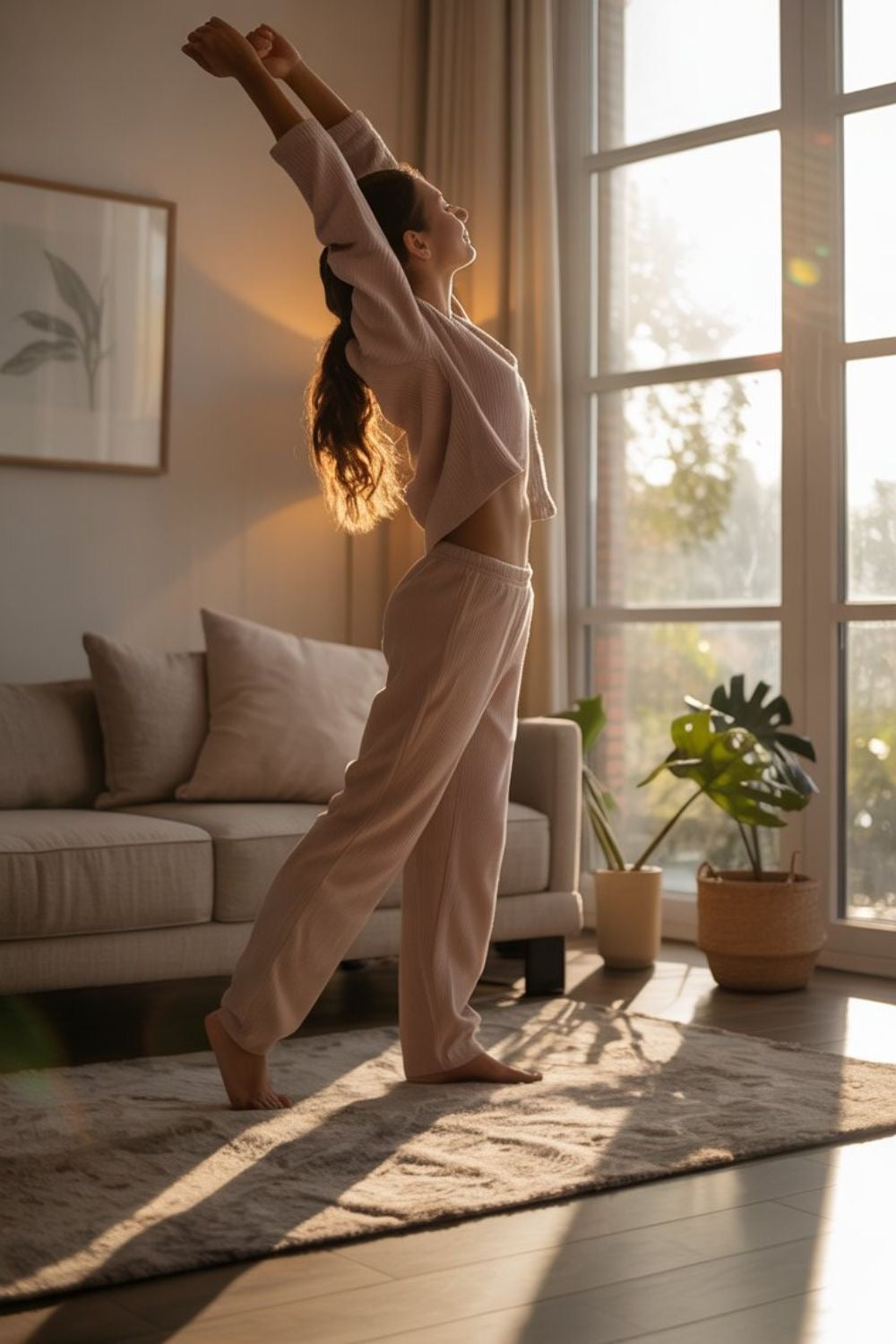We all know the saying “tidy house, tidy mind.” But here’s the thing - science actually backs it up. Your environment isn’t just a backdrop for your life. It’s a living, breathing force that shapes how you think, feel, and even who you become.
Here at Home Hideouts, we don’t just see interiors as nice-to-have décor. We see them as psychology in action - an everyday tool that can either keep you stuck… or propel you forward.
So let’s dive into the research, the psychology, and the little-known truths about why your home is quietly holding more power over your life than you might think.
Your Brain Is Constantly Taking Notes
Neuroscientists say your brain processes 11 million bits of information every second -and a good chunk of that comes directly from your environment.
That pile of laundry in the corner? Your brain notices. The cluttered desk? It registers as a “to-do list” you haven’t tackled yet. The calm, sunlit room with soft textures? That signals safety, ease, and possibility.
Your environment is teaching your brain what story you’re living every day. If your home is messy, mismatched, or draining—it reinforces chaos and overwhelm. If it’s intentional, calming, and energising—it rewires your brain for clarity, confidence, and growth.
Clutter and Cortisol: The Stress Connection
A study from UCLA found that women living in cluttered homes had higher levels of cortisol, the stress hormone. In other words: piles of stuff literally raise your blood pressure.
It’s not just about aesthetics—it’s about biology. Clutter overstimulates the senses, bombards your brain with competing signals, and makes it harder to focus.
When you clear physical space, you’re not just making your home prettier—you’re reducing stress, boosting focus, and giving your nervous system a chance to breathe.
Design Shapes Behaviour
Ever noticed how you’re more likely to work out if your trainers are visible by the door? Or how you snack more when crisps are at eye level in the cupboard? That’s not coincidence—it’s environmental psychology.
Your surroundings act as cues. They nudge habits without you even realising:
-
A chair facing the TV → “sit down and zone out.”
-
A candle and journal on the bedside → “slow down and reflect.”
-
An organised entryway → “leave the house feeling put together.”
Small styling choices ripple into daily behaviours, and daily behaviours shape your self-concept over time.
Your Home and Your Identity
Here’s where it gets really interesting. Research in environmental psychology shows that our spaces act as an extension of identity. Psychologists call it “place identity”.
If your home still reflects your past self—the version of you who said yes to everything, ignored your needs, or filled the space with hand-me-downs - you’re essentially living inside an old chapter of your life.
Styling your space to match your Aligned Self (the version of you you’re stepping into) helps your brain normalise that identity faster. You stop living in the past and start inhabiting your future.
The Energy Effect
If this all feels a little “woo,” don’t worry—the science is there too. Environments affect mood, productivity, creativity, and even sleep quality. But energy matters on a deeper level.
Think about it:
-
A dark, cramped room can leave you feeling low and stagnant.
-
A bright, open, intentional space can leave you buzzing with possibility.
It’s not magic—it’s neuroscience meeting design. Your surroundings constantly feed your emotional state, which in turn shapes the choices you make and the life you build.
So, How Do You Rewire Your Life Through Your Space?
Here’s the practical bit (because we’re not about fluffy theories without action):
-
Do a Reset Audit → Walk around your home and notice what feels heavy, chaotic, or more like the “old you.”
-
Anchor New Rituals → Create micro-zones that encourage the habits you want (a reading nook, a morning coffee spot, a desk that doesn’t double as laundry storage).
-
Edit With Intention → Let go of anything that drains your energy, doesn’t reflect your style, or belongs to a chapter you’ve outgrown.
-
Style for Emotion → Ask yourself: Do I want this room to feel calm, powerful, playful, or connected? Then style around that feeling.
-
Keep It Simple → Small shifts matter more than Instagram-perfect overhauls.
The Bottom Line
Your environment isn’t just a backdrop - it’s your daily conditioning system. It shapes how you think, how you feel, and ultimately, who you become.
The science is clear: when you reset your space, you reset your life.
That's what we’re all about at HH, helping you create a home that doesn’t just look good, but actively supports the life you want for yourself.
Because when your space and self are finally aligned?
You stop just surviving—and start thriving.
✨ Ready to start? Join the waitlist for The Transformative Home Blueprint and discover how to turn your space into your most powerful tool for clarity, confidence, and growth.


